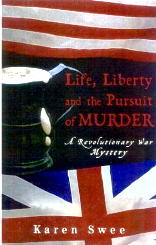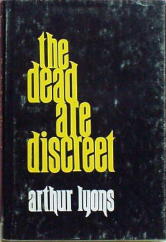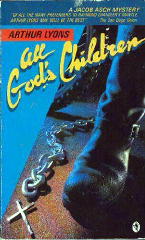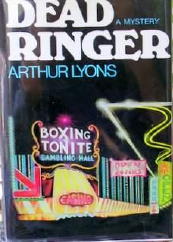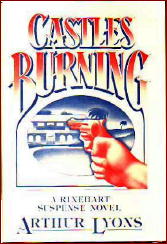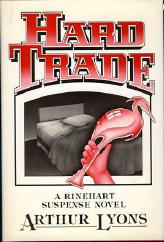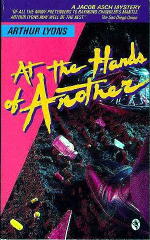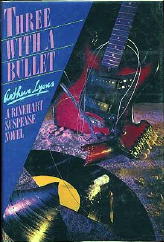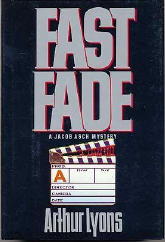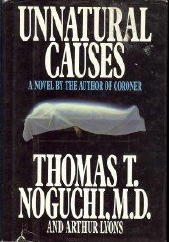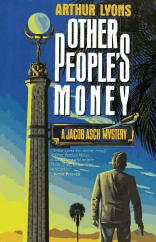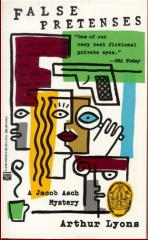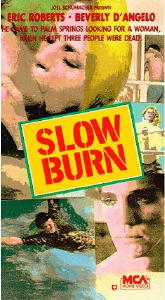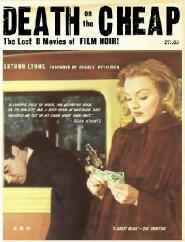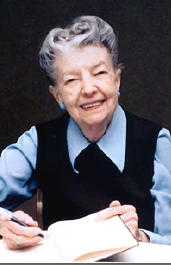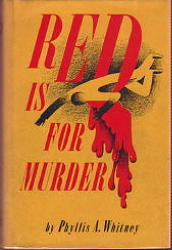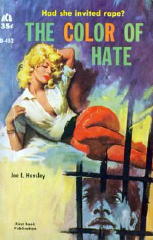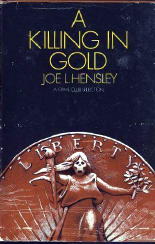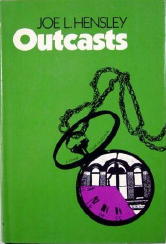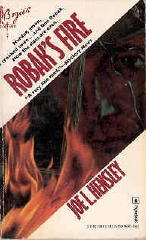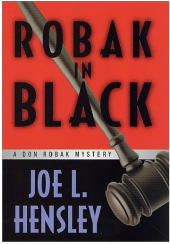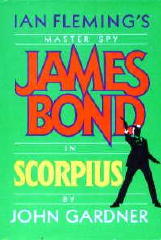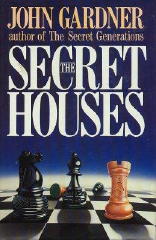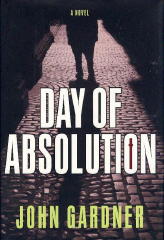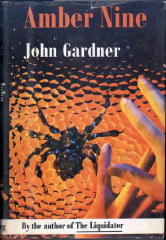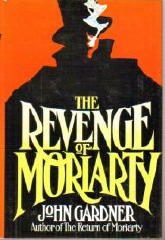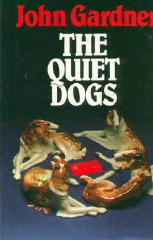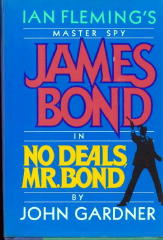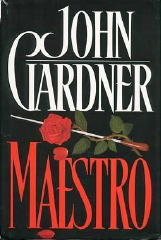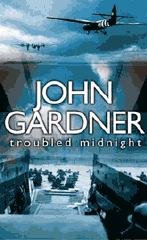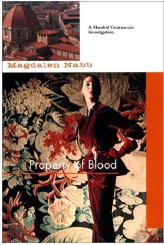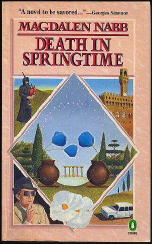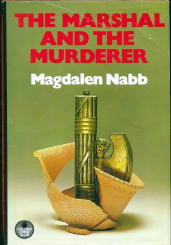I had the pleasure of meeting Stephen Marlowe and his wife Ann at the 1997 Bouchercon in Monterey, at which he received the Private Eye Writers of America’s Life Achievement Award – an honor that I was privileged to help bring about.
Steve and I corresponded often in the years since; I considered him a friend and I believe he felt the same about me. In 2002 he and Ed Gorman both asked me to write a preface to Drum Beat: The Chester Drum Casebook – a collection of five short stories and one complete novel (Drum Beat–Dominique) that was published by Five Star the following year.
Below is the first three-quarters of that preface, “A Fast Drumroll,” which gives a concise and I hope worthy overview of Steve’s life and career.
A FAST DRUMROLL
by Bill Pronzini
When Stephen Marlowe introduced Washington, D.C.-based private investigator Chester Drum in the mid-1950s, both the traditional private eye tale and the tough-and-sexy paperback original were at or near their height of popularity.
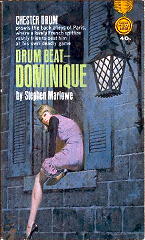
The first six Mike Hammer novels by Mickey Spillane were runaway bestseller; Ross Macdonald’s Lew Archer was well-established, as were Thomas B. Dewey’s Mac, Wade Miller’s Max Thursday, and Brett Halliday’s Michael Shayne, among others. Softcover publishers were selling millions of copies annually by well-known professionals and such discoveries as John D. MacDonald and Richard S. Prather.
Of the dozens of new detective characters who were born each month in paperback editions, most had exploitive, lackluster careers and passed on with little notice. Only a handful made any kind of lasting impact, and fewer still were innovative enough to enter the pantheon of distinguished fictional sleuths. Chet Drum was and is one of that rarified number.
The reason for Drum’s success is twofold. First: Unlike his contemporaries, nearly all of whom plied their trade in a large, urban U.S. environment, his “beat” was international and the cases he investigated of a far-reaching, often volatile political nature. While he maintained an office in Washington – and later, another in Geneva, Switzerland – his cases took him to such global locales as Iceland, India, Russia, Spain, France, Italy, and South America.
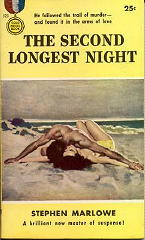
And second: Drum’s creator is both a writer of considerable talent and a lifelong globetrotter himself. The respected critic Anthony Boucher, reviewing one of the early Drum novels in the New York Times, said that “very few writers of the tough private-eye story can tell it more accurately than Mr. Marlowe, or with such taut understatement of violence and sex.”
He might have added that Marlowe’s depictions of foreign backgrounds, the result of first-hand experience, are as vividly rendered as they are authentic. And that Chet Drum is a fully realized character, believable as both man and detective – intelligent, tough when he has to be, compassionate yet unsentimental.
The first Drum novel, The Second Longest Night, appeared in 1955. Notably, the publisher was Fawcett Gold Medal, the first of the paperback houses to specialize in original, male-oriented category fiction. (Not “pulp fiction,” a term that has been grossly misused since the Tarantino film, but rather an apotheosis of the true, pulp-magazine fiction of the ’30s and ’40s. The best of the softcover originals published by Fawcett, and such others as Lion, Dell, and Avon, were rough-hewn, minor works of art, perfectly suited to and representative of their era.)
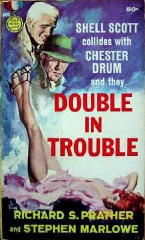
Between 1955 and 1968, Marlowe produced twenty Drum novels for Gold Medal, resulting in an aggregate sales of several million copies. One of these, Double in Trouble (1959), was a collaboration with Richard S. Prather, in which Drum joins forces with Prather’s Shell Scott to solve a common case.
Despite the lurid titles of some of the early entries – Killers Are My Meat, Homicide Is My Game, Peril Is My Pay – all are literate, fast-paced, action-oriented without being overly violent, sexy without being sex-laden, and compulsively readable.
Although he was still in his twenties when he created Chester Drum, Stephen Marlowe was already an established writer. (“At the age of eight,” he has been quoted as saying, “I wanted to be a writer and I never changed my mind.”) In 1949, after graduation from William and Mary, he joined the staff of a prominent New York literary agency and soon began to sell science fiction to Amazing Stories and other leading pulp magazines of that era; most of these, as well as a number of adult and young-adult s-f novels, appeared under his birth name, Milton Lesser.
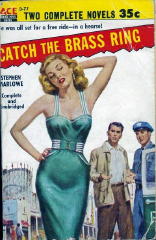
By the mid-1950s, he felt he’d done as much as he wanted in the s-f field and was beginning to concentrate on suspense fiction. He became a regular contributor to such digest-sized, hardboiled crime-fiction magazines as Manhunt (where the first Drum short story, “My Son and Heir,” was published in 1955, Accused, Hunted, and Pursuit.
His first suspense novel, Catch the Brass Ring, appeared as an Ace Double paperback in 1954. Several other non-series novels followed, under the Stephen Marlowe byline and as by C. H. Thames; the most accomplished of these is the unfortunately-titled Blonde Bait (Avon, 1959, as by Marlowe). In addition to the Drums, he also wrote two other series: a pair of private eye tales as by Andrew Fraser, and four enjoyable novels featuring a team of investigators for “Ripley’s Believe It or Not” as by Jason Ridgway.
When changing tastes and editorial policies brought about the cancellation of the Drum series in 1968, Marlowe turned to more ambitious suspense novels with international settings and complex themes. These include Come Over, Red Rover (1968), The Summit (1970), and The Cawthorn Journals (1975), the last named a chilling narrative set in Mexico that explores the reality of magic, the nature of evil, and the corruption of power.
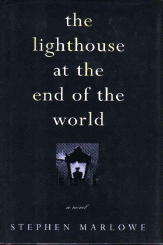
His literary interest and intent metamorphosed yet again in the 1980s, when he began a series of brilliantly conceived, meticulously researched novels exploring the lives and personalities of genuine historical figures. The Memoirs of Christopher Columbus (1987) became a critically acclaimed international bestseller, as did The Lighthouse at the End of the World (1995), a seminal study of the tortured genius, Edgar Allan Poe, and The Death and Life of Miguel de Cervantes (1996), which he considers the best of all his novels.
Marlowe’s horizons may yet change again; the novel he is presently writing [2002] is contemporary in setting and different in theme from anything else he has done. “The last thing you want,” he says, “is to feel jaded by or with your work. The New York Times once called me the most prolific mystery writer in the United States. I said, ‘Good Lord, I don’t want to be the most prolific anything; I would love to be the best.’”
